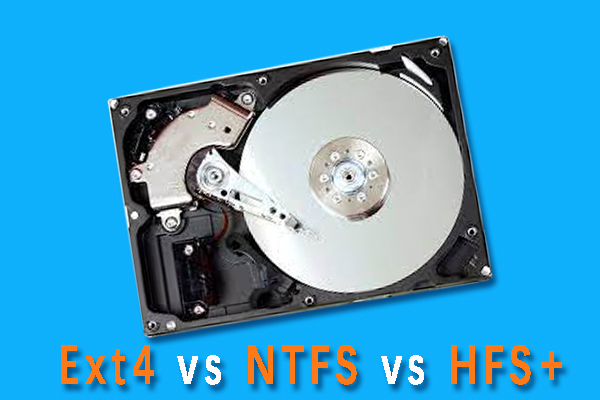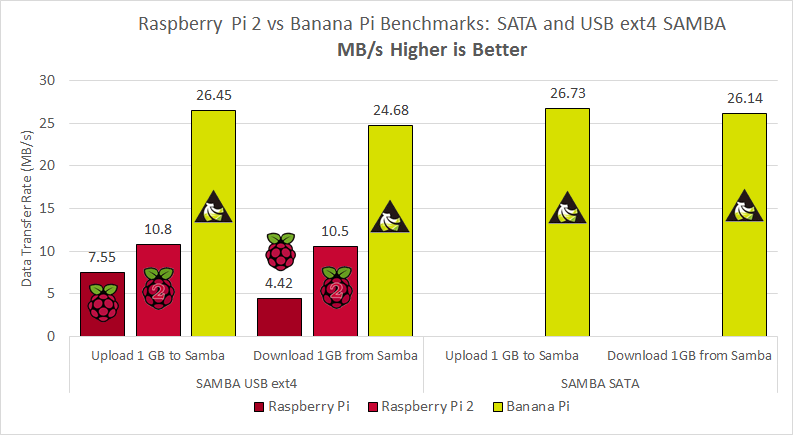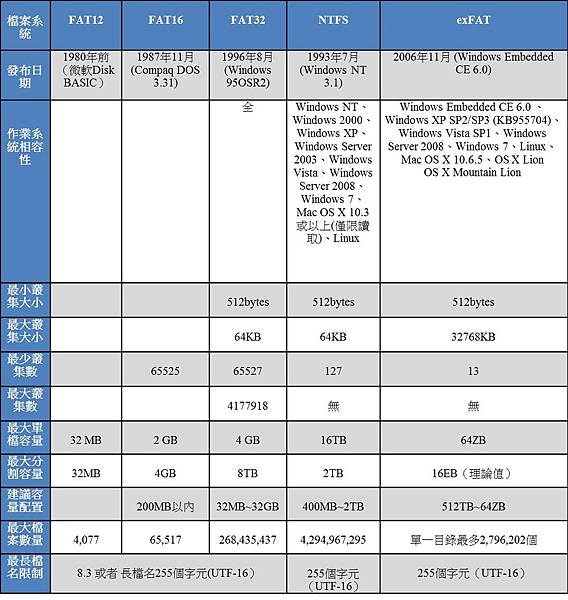

- #Ntfs vs ext4 how to
- #Ntfs vs ext4 series
- #Ntfs vs ext4 mac
- #Ntfs vs ext4 windows
Not supported by Windows and Macs natively.Doesn’t support the “secure deletion” file attribute.Boasts delayed allocation, journal checksums, pre-allocation, and some advanced features.
 Allows an unlimited number of subdirectories. Good performance when dealing with large files. Support for extremely large file sizes and drives. Here we summarize its pros, cons, compatibility, and applicability as follows: It is a complete journaling file system that doesn’t need to run any defragmentation utilities on disk, while NTFS and HFS+ file system need. In a word, Ext4 is one of the greatest Linux file systems that are not natively supported by Windows and macOS. Besides, it uses journaling checksums for a drive to improve reliability. This is because the unallocated blocks of data and sections of the inode table are marked as such, which enables e2fsck to skip them while checking file system. For example, its Delayed allocation technology makes sure data can be flushed to disk timely, which improves performance when dealing with large files and reduces disk fragmentation.Ĭompared with NTFS, Ext4 greatly reduces the time that will take to check file system. So, the Ext4 file system is an ideal choice for those who hold an extremely large storage device.Įxt4 comes with many new advanced features such as Extents, persistent pre-allocation, delayed allocation, journal checksums, and so on. Besides, it has no limit to the number of subdirectories in a single directory. It can support volume size up to 1EB and single file size up to 16TB with the standard 4K block size. This file system makes great progress in storage size. At present, it has become the mainstream file system for most Linux distributions. The stable version of Ext4 was officially released in 2008.
Allows an unlimited number of subdirectories. Good performance when dealing with large files. Support for extremely large file sizes and drives. Here we summarize its pros, cons, compatibility, and applicability as follows: It is a complete journaling file system that doesn’t need to run any defragmentation utilities on disk, while NTFS and HFS+ file system need. In a word, Ext4 is one of the greatest Linux file systems that are not natively supported by Windows and macOS. Besides, it uses journaling checksums for a drive to improve reliability. This is because the unallocated blocks of data and sections of the inode table are marked as such, which enables e2fsck to skip them while checking file system. For example, its Delayed allocation technology makes sure data can be flushed to disk timely, which improves performance when dealing with large files and reduces disk fragmentation.Ĭompared with NTFS, Ext4 greatly reduces the time that will take to check file system. So, the Ext4 file system is an ideal choice for those who hold an extremely large storage device.Įxt4 comes with many new advanced features such as Extents, persistent pre-allocation, delayed allocation, journal checksums, and so on. Besides, it has no limit to the number of subdirectories in a single directory. It can support volume size up to 1EB and single file size up to 16TB with the standard 4K block size. This file system makes great progress in storage size. At present, it has become the mainstream file system for most Linux distributions. The stable version of Ext4 was officially released in 2008. #Ntfs vs ext4 series
Top recommendation: Ext2 vs Ext3 vs Ext4 File System: Which One Should You Use? Ext4Įxt4 is the fourth extended file system as well as a journaling file system that was a series of backward-compatible extensions to Ext3. Now, we will discuss NTFS vs Ext4 vs HFS+ in detail. These file systems have their pros, cons, compatibility, and applicability.

#Ntfs vs ext4 how to
Bonus: How to Format Your Drive to Ext4/NTFS on WindowsĮxt4, NTFS, and HFS+ are common file systems used by a computer to store information on a hard drive. Like NTFS, exFAT has very large limits on file and partition sizes., allowing you to store files much larger than the 4 GB allowed by FAT32. exFAT is optimized for flash drives-designed to be a lightweight file system like FAT32, but without the extra features and overhead of NTFS and without the limitations of FAT32. The exFAT file system was introduced in 2006 and was added to older versions of Windows with updates to Windows XP and Windows Vista. Extended File Allocation Table (exFAT) Nomad_Soul/ Ideal Use: Use it on removable drives where you need maximum compatibility with the widest range of devices, assuming you don’t have any files 4GB or larger in size. Limits: 4GB maximum file size, 8TB maximum partition size. Also, modern versions of Windows can no longer be installed to a drive formatted with FAT32 they must be installed to drives formatted with NTFS.Ĭompatibility: Works with all versions of Windows, Mac, Linux, game consoles, and practically anything with a USB port. It lacks the permissions and other security features built into the more modern NTFS file system. While FAT32 is okay for USB flash drives and other external media-especially if you know you’ll be using them on anything other than Windows PCs-you won’t want to FAT32 for an internal drive. It was introduced all the way back in Windows 95 to replace the older FAT16 file system used in MS-DOS and Windows 3. Strode/įAT32 is the oldest of the three file systems available to Windows. Ideal Use: Use it for your Windows system drive and other internal drives that will just be used with Windows. Limits: No realistic file size or partition size limits. 
Other devices-with the exception of Microsoft’s Xbox One-probably won’t support NTFS.
#Ntfs vs ext4 mac
Even Microsoft’s own Xbox 360 can’t read NTFS drives, although the new Xbox Series X, S, and One can. Other devices are even less likely to support NTFS.Ĭompatibility: Works with all versions of Windows, but read-only with Mac by default, and may be read-only by default with some Linux distributions. None of Sony’s PlayStation consoles support NTFS. Some Linux distributions may enable NTFS-writing support, but some may be read-only. By default, Macs can only read NTFS drives, not write to them. It’ll work with all recent versions of Windows-all the way back to Windows XP-but it has limited compatibility with other operating systems. Despite its advantages, where NTFS lacks is compatibility.








 0 kommentar(er)
0 kommentar(er)
